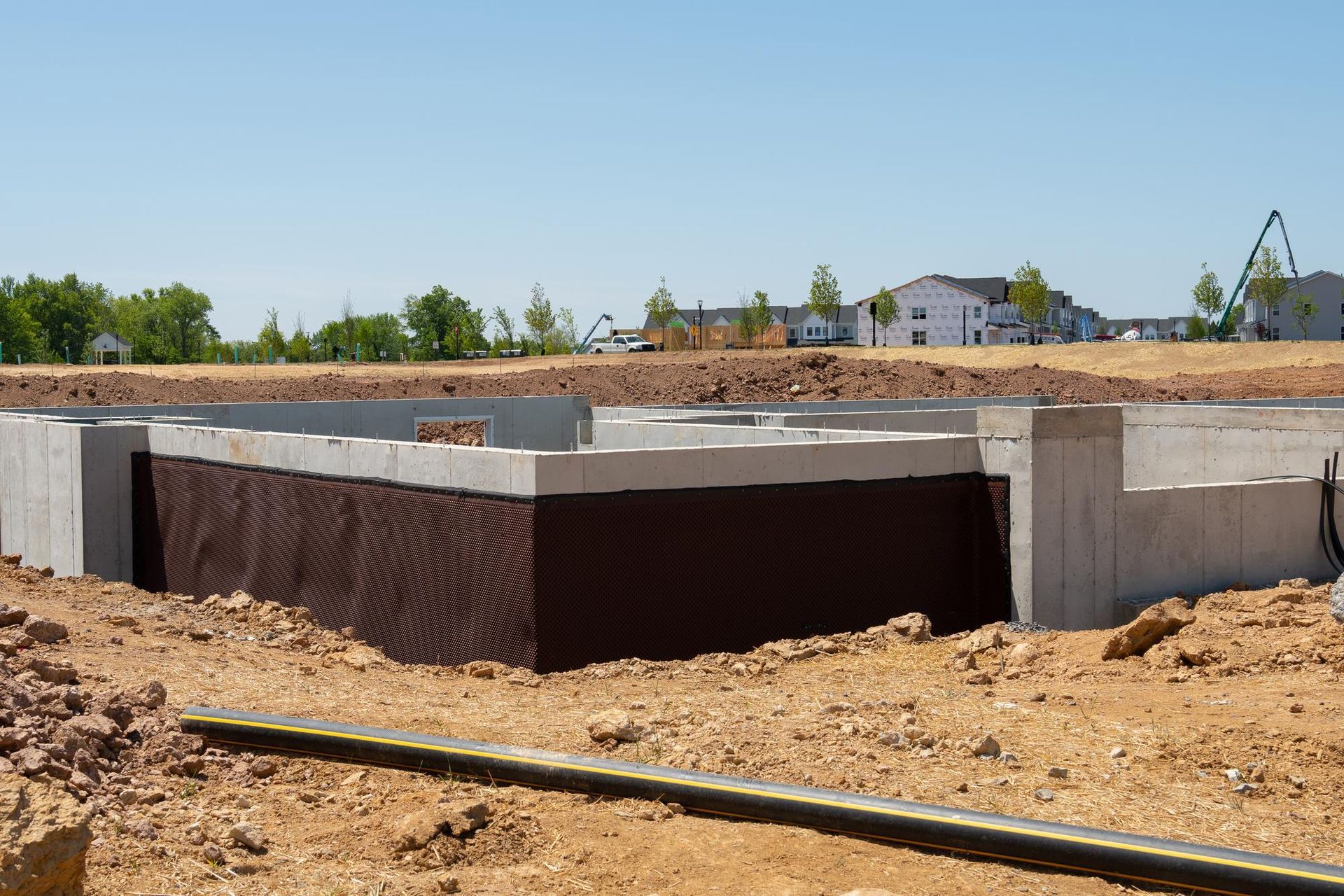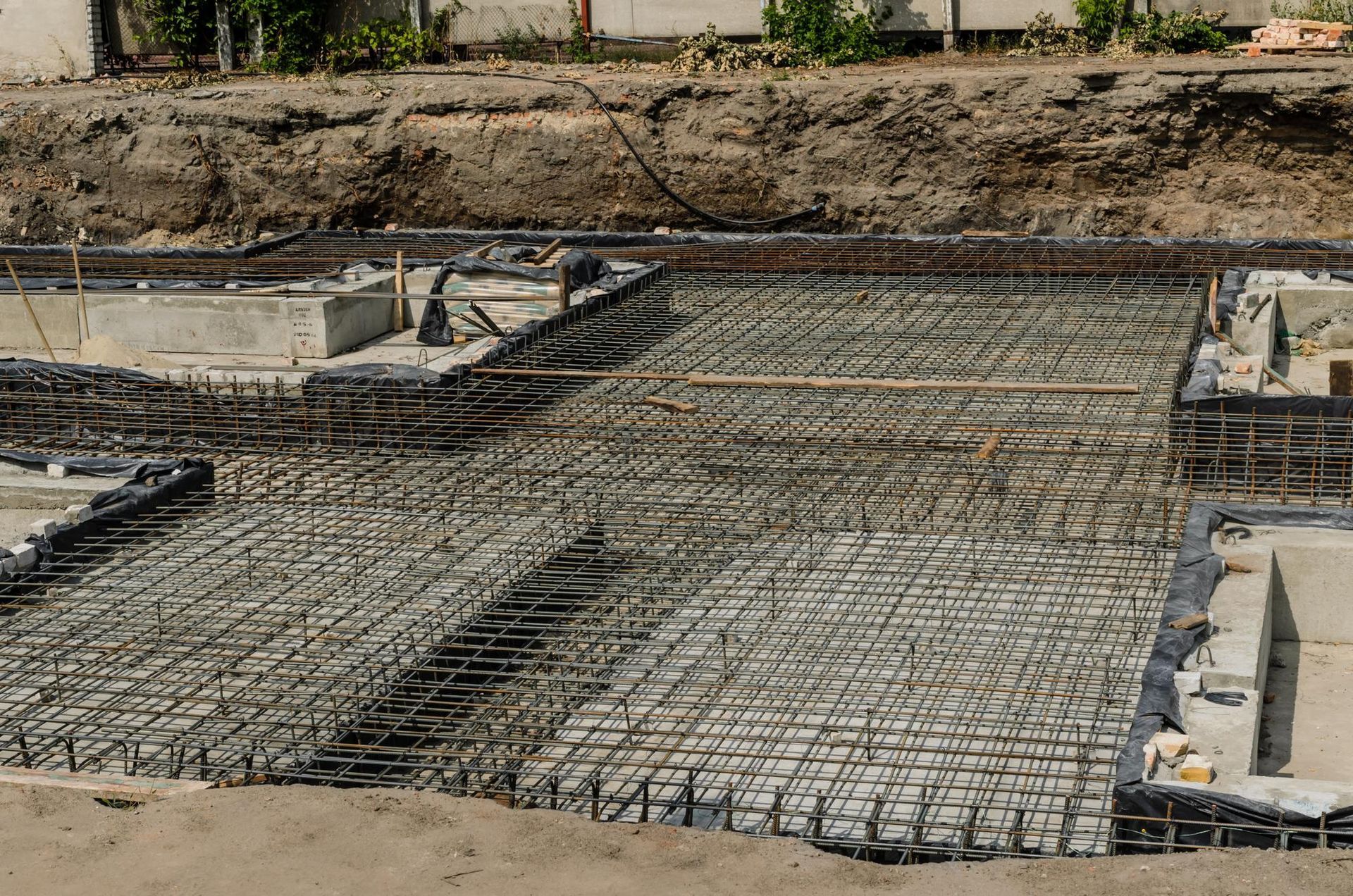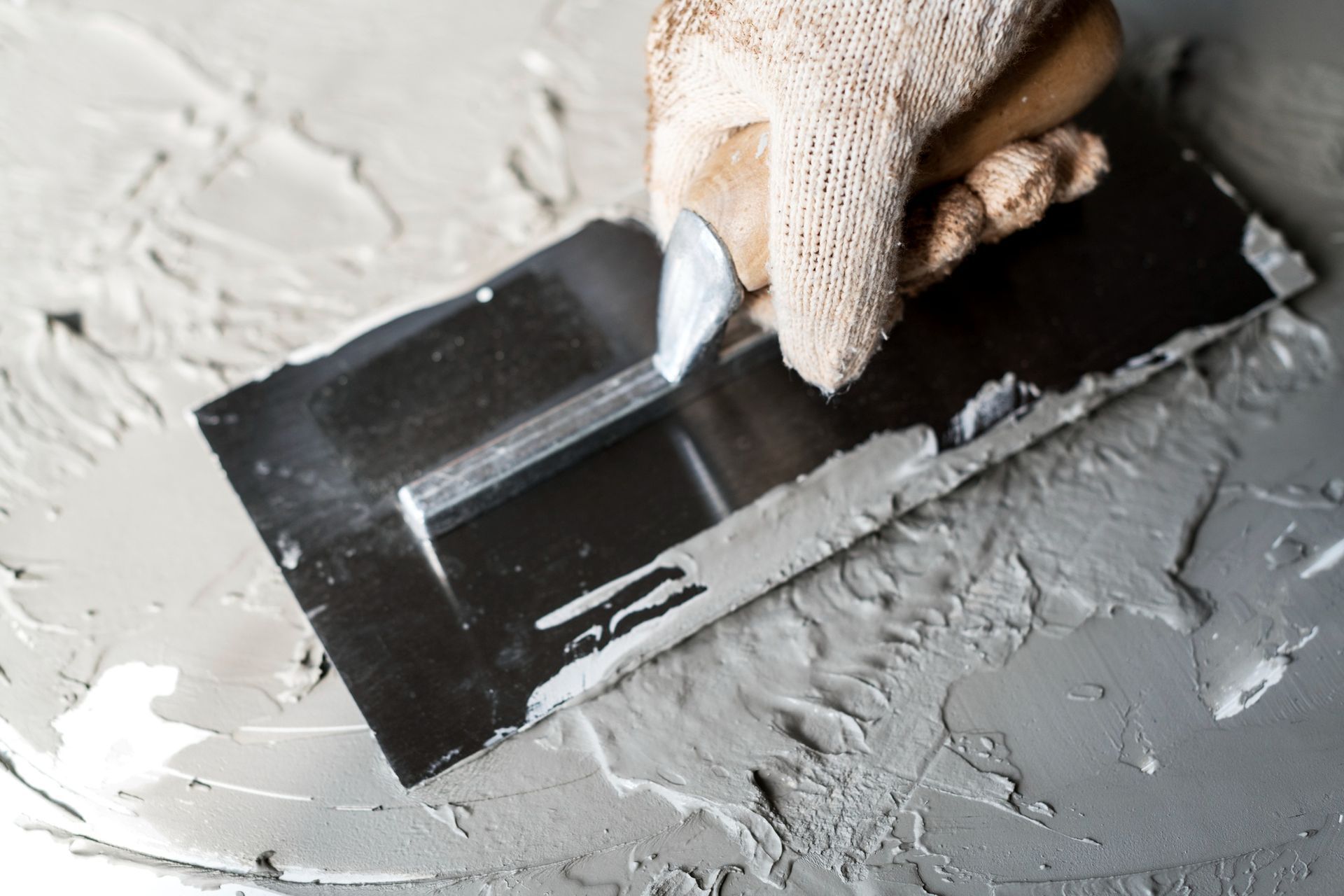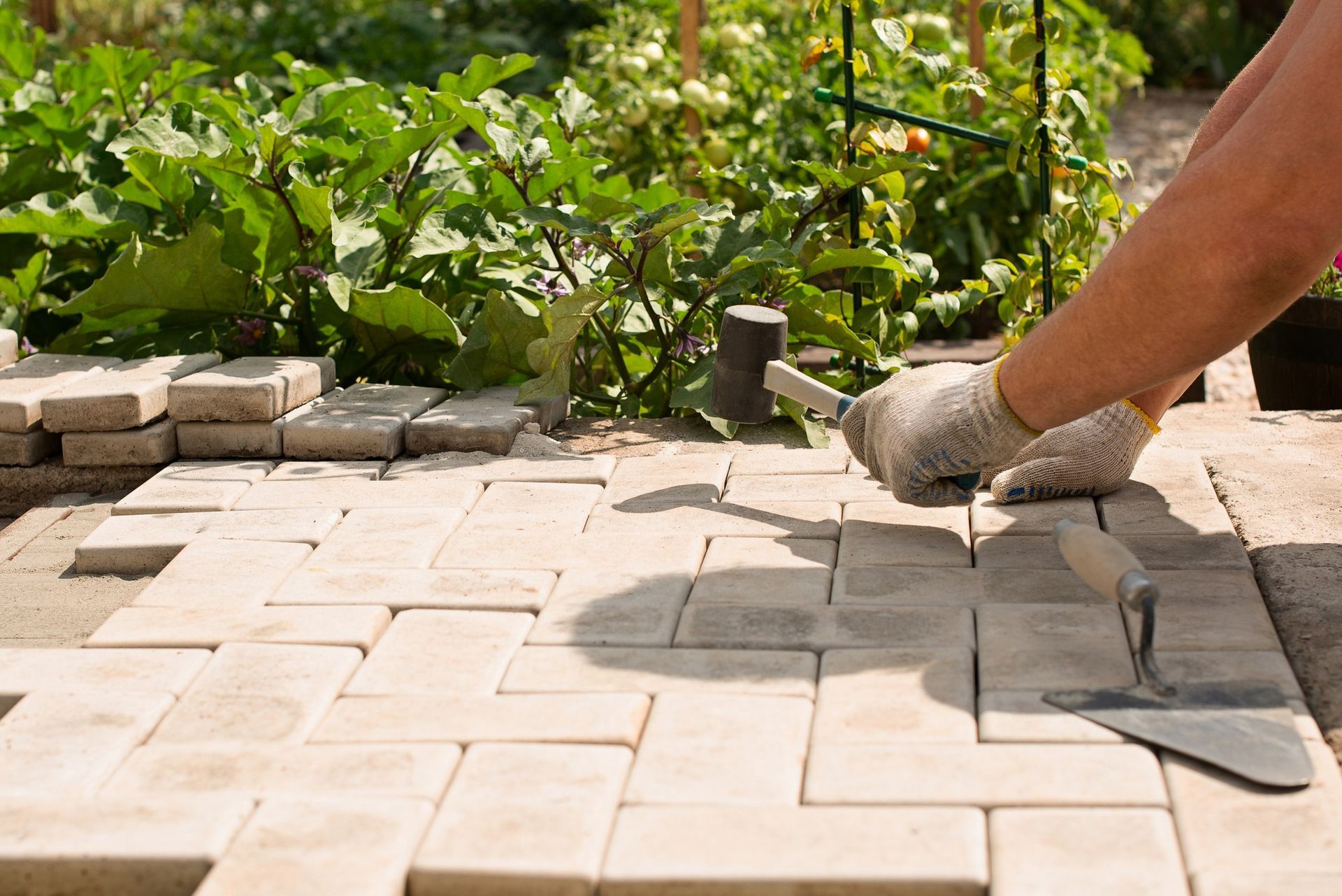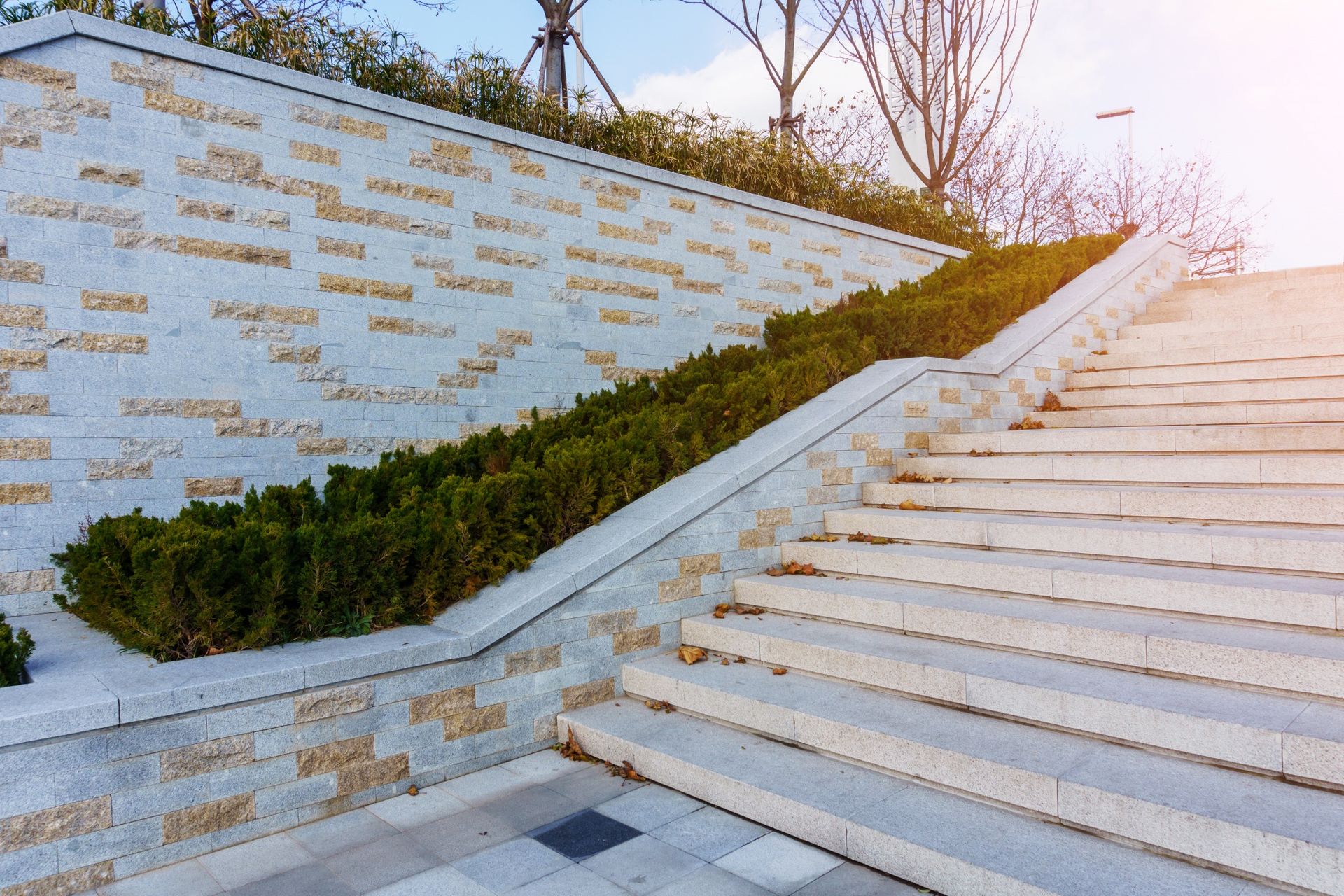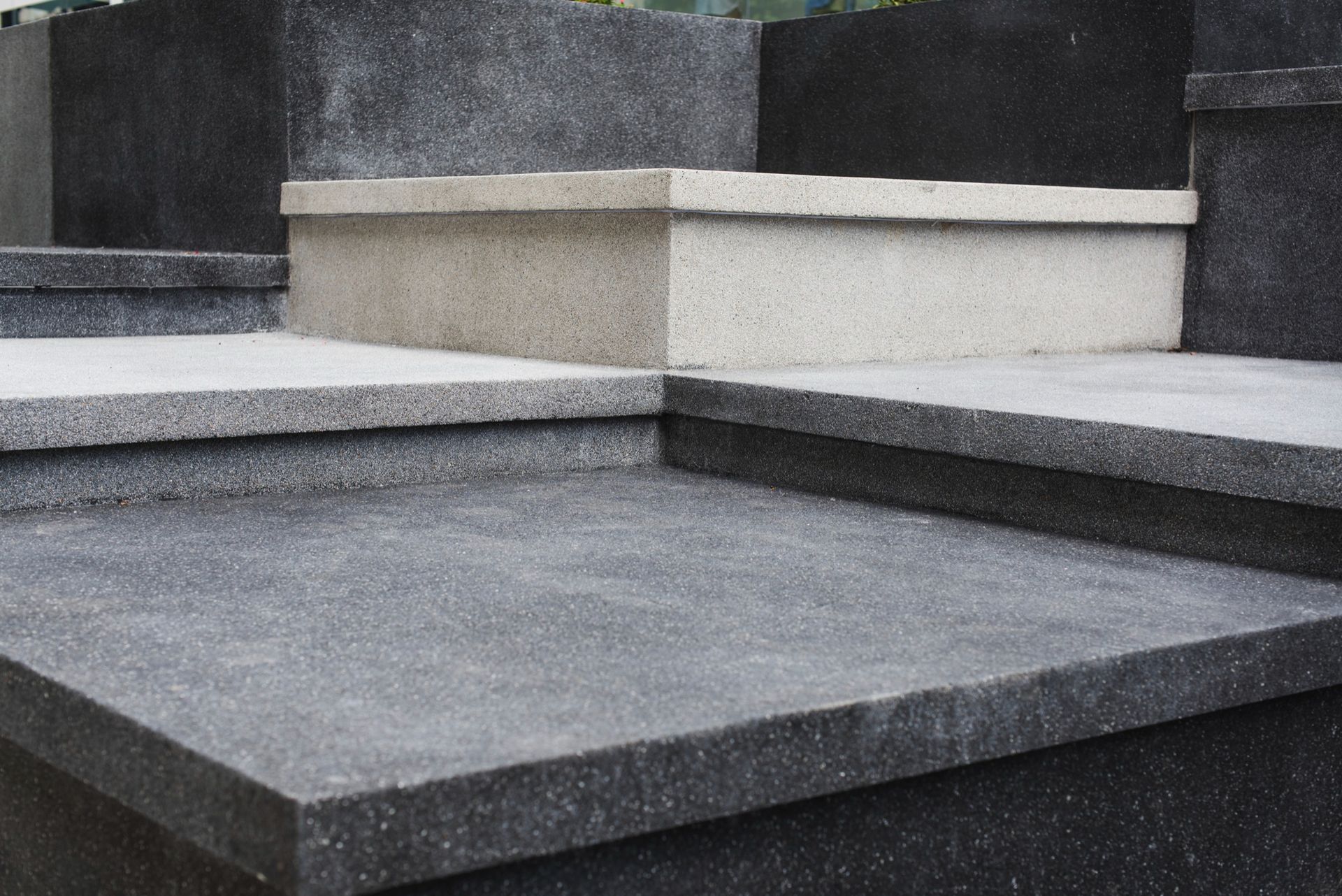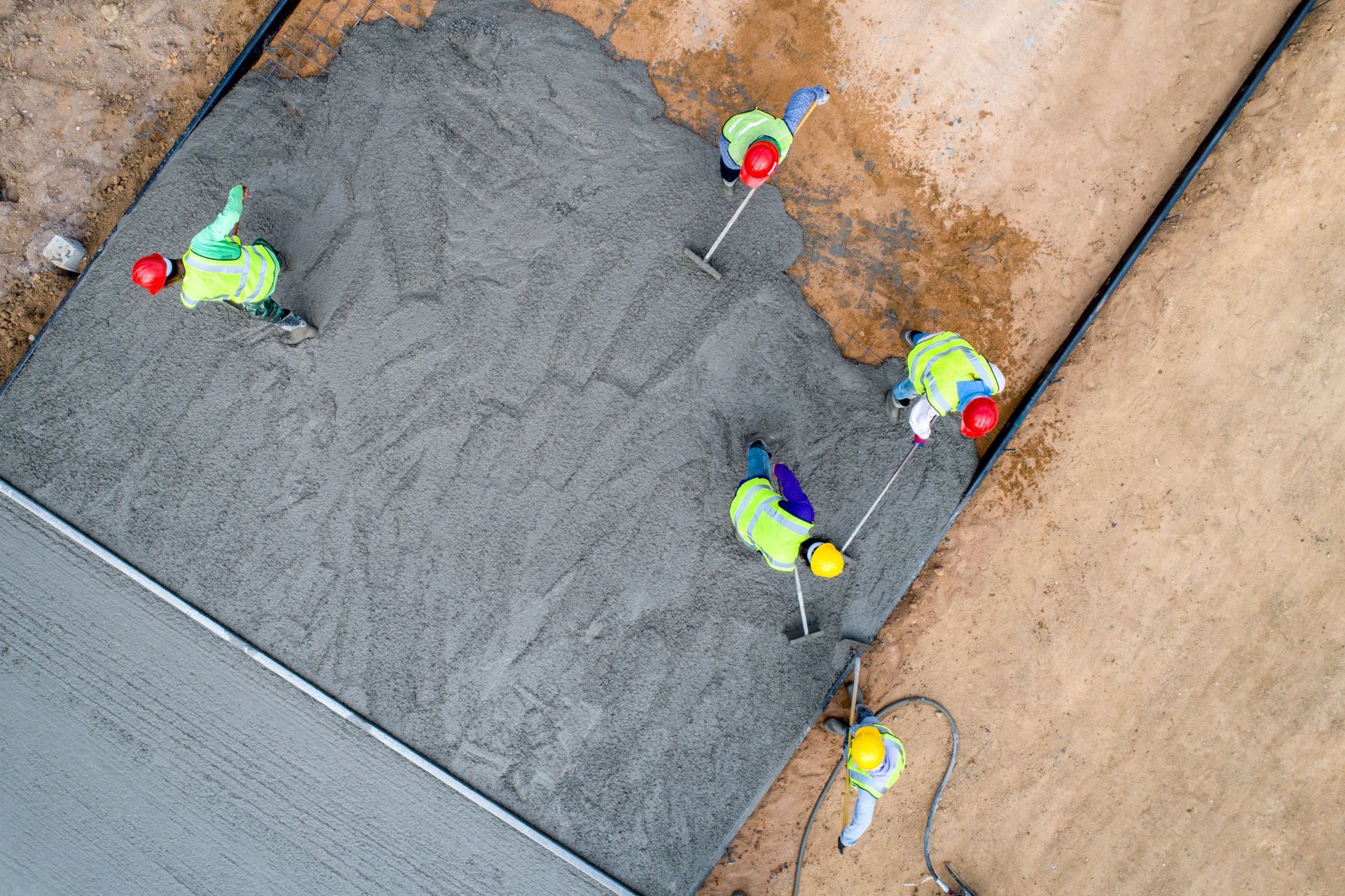Residential Polished Concrete Floors: Revitalize Your Home's Floors
When it comes to home improvement, one often overlooked yet highly impactful aspect is the flooring. Residential polished concrete floors are a hidden gem in the world of interior design. These floors not only add a touch of elegance but also bring practicality to your living space. In this comprehensive guide, we'll delve into the world of residential polished concrete floors, exploring their benefits, installation process, and how they can revitalize your home's floors.
Chapter 1: The Beauty of Residential Polished Concrete Floors
Residential polished concrete floors are a testament to the beauty of simplicity. What makes them truly captivating is their ability to reveal the natural elegance of concrete, a material often associated with industrial spaces. The process of polishing concrete involves grinding the surface with diamond tools, gradually smoothing it to a mirror-like finish. This not only enhances the visual appeal but also brings out the inherent character of the material.
The result is a floor with a unique, marbled appearance, which can mimic the look of luxurious stone or even terrazzo. This versatility allows homeowners to choose from a wide range of colors, textures, and patterns, making it easy to match polished concrete to any interior design style. Whether you prefer a sleek, minimalist aesthetic or a more rustic, earthy ambiance, residential polished concrete floors can adapt to your vision.
Furthermore, the reflective quality of polished concrete floors can significantly impact the overall lighting in your home. By bouncing natural and artificial light, these floors create a brighter and more inviting atmosphere, reducing the need for additional lighting fixtures during the day.
Chapter 2: Benefits of Residential Polished Concrete Floors
Durability and Longevity
Residential polished concrete floors are renowned for their durability. They can withstand the wear and tear of daily life, making them an excellent choice for high-traffic areas. Unlike other flooring materials that may show signs of wear over time, polished concrete maintains its integrity, offering a long-lasting solution for your home. With proper maintenance, these floors can remain in excellent condition for 20 years or more.
Low Maintenance and Hygiene
One of the standout features of polished concrete is its low maintenance requirements. Unlike carpets, which can trap dust, allergens, and odors, polished concrete is easy to clean and hypoallergenic. Regular sweeping and occasional mopping are usually all that's needed to keep the floor looking immaculate. This not only saves you time but also contributes to a healthier indoor environment, especially if you or your family members suffer from allergies.
Energy Efficiency and Comfort
Polished concrete floors have excellent thermal mass properties, meaning they can absorb and store heat during the day and release it gradually at night. This helps regulate indoor temperatures, reducing the need for heating and cooling. As a result, you'll enjoy a more comfortable living space while also lowering your energy bills.
Sustainability
In an era of increasing environmental awareness, choosing residential polished concrete floors is a sustainable choice. Unlike some flooring materials that require the extraction and processing of natural resources, concrete is widely available and can often be sourced locally. Additionally, the installation process produces minimal waste, and the longevity of polished concrete reduces the need for frequent replacements, making it an eco-friendly flooring option.
Chapter 3: The Installation Process
Surface Preparation: The Foundation of Excellence
Before the polishing process begins, meticulous surface preparation is essential. This step involves cleaning the concrete surface thoroughly to remove any contaminants or debris. Any cracks or imperfections in the concrete are repaired to ensure a smooth and even foundation for the polishing process. Surface preparation is a critical stage in achieving a flawless, polished finish.
Grinding and Polishing: The Art of Refinement
The heart of creating residential polished concrete floors lies in the grinding and polishing stages. Diamond grinding tools are used to gradually refine the surface. Initially, coarser grits are employed to remove imperfections and expose the aggregate within the concrete. As the process continues, finer grits are used to achieve a smooth, reflective finish.
This methodical approach to grinding and polishing allows for precise control over the final appearance of the floor. Homeowners can choose the level of sheen they desire, from a soft satin finish to a high-gloss shine. The result is a floor that not only looks stunning but also feels smooth and comfortable underfoot.
Staining and Coloring: Adding a Personal Touch
For those seeking a unique touch, staining and coloring options are available during the polishing process. These options open up a world of design possibilities. Stains can be applied to create a marbled effect or introduce rich, earthy tones to the floor. The versatility of staining and coloring allows you to customize your polished concrete floors to match your interior decor perfectly.
Sealing: Protection and Longevity
To safeguard the polished surface and enhance its longevity, a high-quality sealer is applied. This sealer not only adds a layer of protection against stains but also enhances the luster of the floor, giving it a more luxurious appearance. Regular resealing, typically every few years, ensures that your residential polished concrete floors remain in pristine condition for years to come.
With a deeper understanding of the beauty and practicality of residential polished concrete floors, the benefits they offer, and the meticulous installation process involved, you'll be well-equipped to make an informed decision when considering them for your home. These floors are not just a functional surface; they are a work of art that can truly revitalize your home's interior spaces.
Chapter 4: Maintenance and Care
Daily Cleaning: Simplicity at Its Best
Maintaining residential polished concrete floors is refreshingly straightforward. Daily cleaning typically involves dry sweeping or dust mopping to remove loose dirt and debris. Unlike carpets, there are no fibers to trap allergens or stains, making these floors ideal for households with pets or allergy-sensitive individuals.
Stain Removal: Quick and Painless
In the rare event of spills or stains, prompt cleaning is key. Thanks to the non-porous nature of polished concrete, most spills won't penetrate the surface. This means that even substances like wine, coffee, or oils can be wiped away with ease, leaving no lasting marks. Simple cleaning solutions and a soft cloth are usually all that's required for stain removal.
Re-Sealing: The Key to Longevity
Over time, the protective sealer on your polished concrete floors may wear off due to regular foot traffic and general wear and tear. To maintain their pristine appearance and protective qualities, it's important to schedule periodic re-sealing. This process is relatively quick and straightforward, and it ensures that your floors continue to shine and resist stains effectively.
Professional Maintenance Services
While daily cleaning and periodic re-sealing can be done by homeowners, some may prefer to leave these tasks to professionals for optimal results. Professional maintenance services can assess the condition of your floors, recommend the appropriate maintenance schedule, and ensure that the sealer is applied correctly, maximizing the longevity and aesthetic appeal of your residential polished concrete floors.
Chapter 5: Incorporating Residential Polished Concrete Floors in Your Home
Living Room: Contemporary Elegance
In your living room, residential polished concrete floors offer a contemporary and elegant aesthetic. They provide a sleek, minimalist backdrop that complements modern furnishings. The reflective surface of polished concrete also enhances natural light, creating a bright and welcoming atmosphere.
Kitchen: Practical and Stylish
For the kitchen, polished concrete floors are both practical and stylish. They are easy to clean and maintain, making them a sensible choice for a high-traffic area prone to spills and messes. The ability to customize the floor's color and finish ensures that it complements your kitchen's design, whether it's a sleek and modern space or a cozy, rustic kitchen.
Bedroom: Serene Retreat
In the bedroom, polished concrete floors can transform your space into a serene retreat. The smooth, cool surface is ideal for warm climates, and it can be softened with area rugs for added comfort. The natural sheen of polished concrete can enhance the overall tranquility of your bedroom.
Bathroom: Stylish and Durable
Polished concrete is also an excellent choice for the bathroom. Its resistance to moisture and easy maintenance make it a practical option for this space. Additionally, the elegant appearance of polished concrete can elevate your bathroom's style, creating a luxurious oasis.
Chapter 6: Hiring Professionals for the Job
The Importance of Expertise
While some homeowners may consider a DIY approach to installing polished concrete floors, it's important to recognize the value of professional expertise. Professionals bring years of experience and the right equipment to ensure that every step of the installation process is executed flawlessly. From surface preparation to the final polishing, their knowledge and skills are invaluable in achieving a stunning result.
Achieving Precision
Professional installers are trained to achieve precise results. They understand the intricacies of grinding and polishing concrete to achieve the desired finish. This level of precision is challenging to replicate without the right tools and experience.
Time and Efficiency
Professionals can complete the installation process efficiently, minimizing disruption to your daily life. They have access to commercial-grade equipment, which not only speeds up the process but also ensures a consistent and high-quality finish.
Warranty and Peace of Mind
Many professional installers offer warranties on their work, providing peace of mind for homeowners. This means that if any issues arise with your polished concrete floors, they will be addressed promptly and professionally.
Residential polished concrete floors offer a unique combination of beauty, durability, and low maintenance. By understanding their benefits, installation process, maintenance requirements, and the importance of hiring professionals, you can confidently choose polished concrete as a flooring option to revitalize your home's interior spaces. These floors are not just a practical choice; they are a statement of style and sophistication that can enhance the overall ambiance of your home.
Conclusion
Residential polished concrete floors are a versatile, durable, and aesthetically pleasing flooring option for your home. With their numerous benefits, ease of maintenance, and timeless beauty, they are an excellent choice for anyone looking to revitalize their living space. Whether you're renovating your entire home or just considering a flooring upgrade, consider the transformative power of residential polished concrete floors.
For those seeking the best service provider for residential polished concrete floors in North Collins, NY, look no further than Bri-Mic Construction, Inc. They are renowned for their expertise and commitment to delivering exceptional results. You can reach them at
716-337-0500 to discuss your project and experience the beauty and practicality of residential polished concrete floors firsthand.
These floors are more than just surfaces; they are a work of art that can breathe new life into your home. Embrace the beauty and practicality of residential polished concrete floors and elevate your home to a whole new level of sophistication. Trust
Bri-Mic Construction, Inc. to bring your vision to life.

